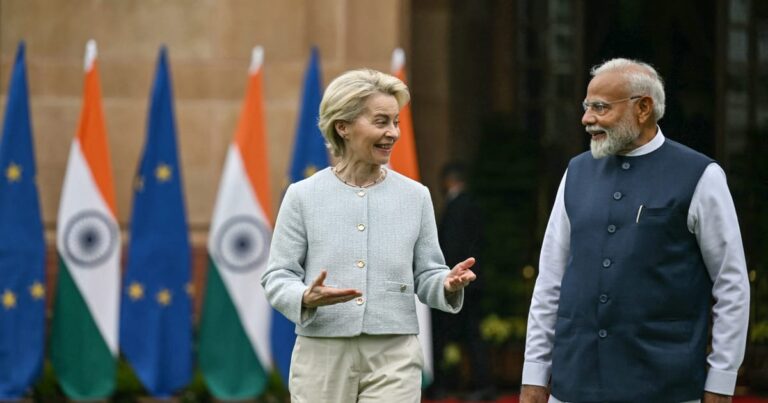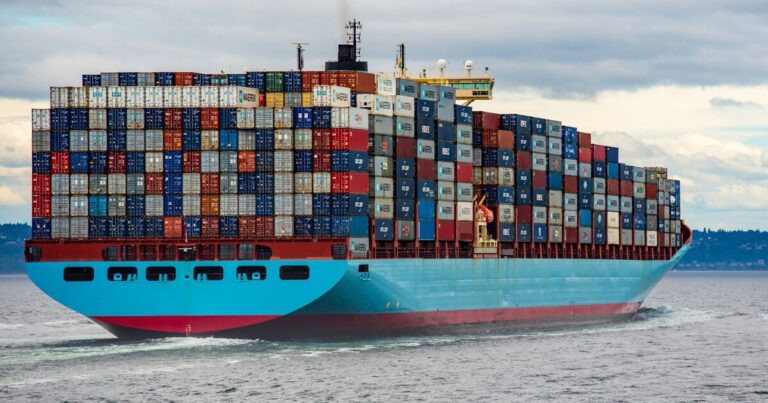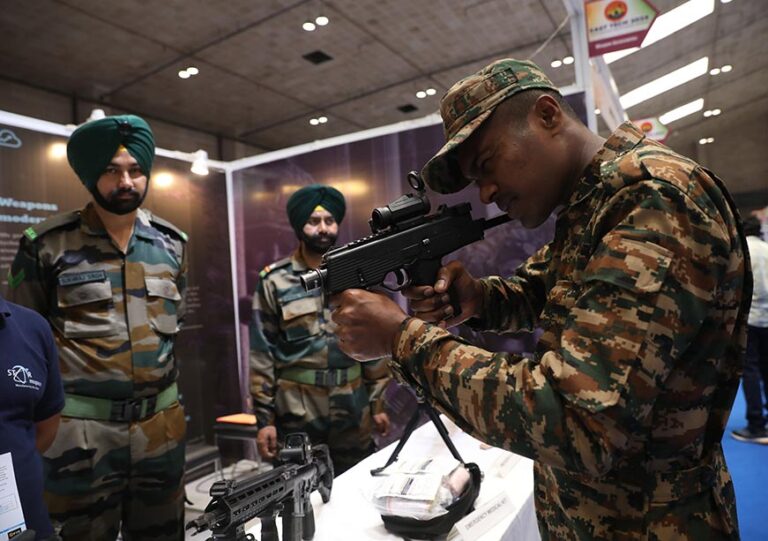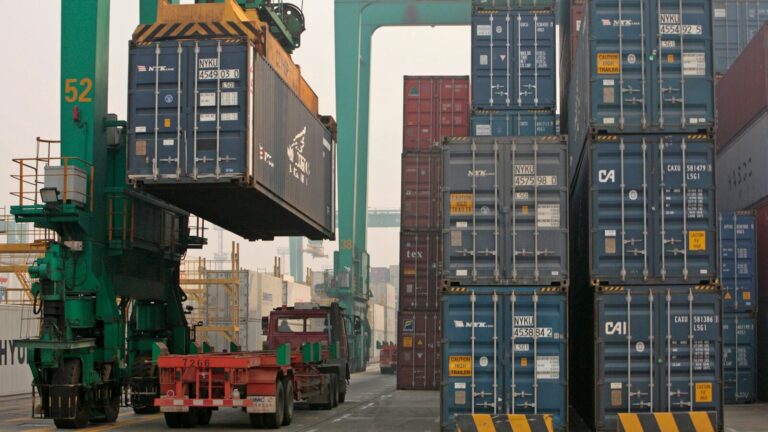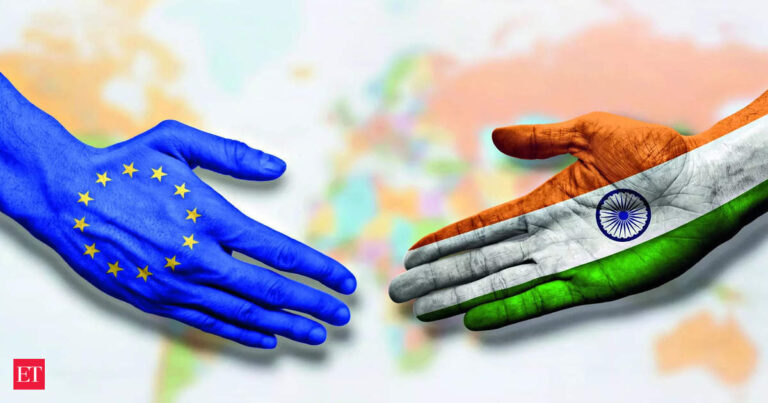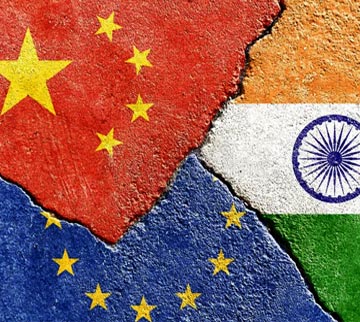

Disturbed global context
Globally, economic fragmentation increasing in the form of commercial barriers, restrictions and sanctions increases not only the difference in financing for sustainable development, but also makes countries in development more fragile, vulnerable and subject to collapses frequent. In progress polycrisy led to an increase in commercial protectionism. Despite the repeated reiterations of nation states highlighting the need for greater cooperation and robust partnerships, economic fragmentation is increasing. According to the International Monetary Fund (IMF), the new commercial obstacles, which have been introduced on an annual basis, have almost tripled since 2019 at around 3,000 in 2023 (Figure 1).
Figure 1: Number of commercial restrictions imposed every year worldwide
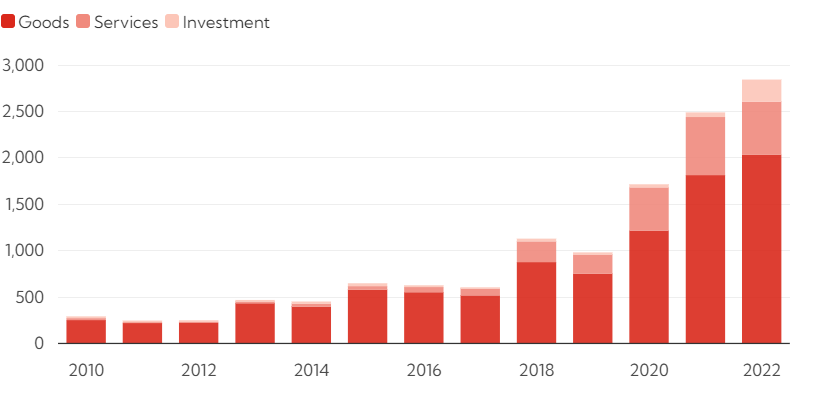
Source: Global commercial alert and IMF
At the same time, decoupling talks, interrupted capital flows, the growing threats posed by the digital space and the unequal distribution of income adds to the challenges of assembly of global economic integration. While companies become more digitally compatible and technology, there are also increased concerns about cybersecurity, commercial wars, surveillance and sabotage of infrastructure capacities. This is gaining in place in the light of the increase in Chinese imprints in artificial intelligence (AI), the purchase of critical raw minerals, securing energy sources, to strengthen its maritime presence in China de China southern and subsequently aimed at acquiring a world overview. In addition, conflicts that break out around the world, be it Ukraine or the Gaza Strip, has led to strict economic sanctions by several powers including the United States (United States) and the European Union (EU )) Russia and also China.
Being one of the largest development providers in the world, the EU is known for its primary standards, its good regulatory mechanisms and its administrative practices.
In addition, official development assistance (ODA) is also an essential element in supporting the development trajectories of several low -income and other development economies. However, the real implications in the field of development cooperation continue to be blurred. In this context, geopolitical challenges, such as the intensification of Sino-Us rivalry, now reach the edge of the extreme polarization in the international landscape. Naturally, the EU is upset and finds itself in a sticky place. Being one of the largest development providers in the world, the EU is known for its primary standards, its good regulatory mechanisms and its administrative practices. But even after two decades of strengthening its strategic partnership with India, the true potential of these partnerships remains unexploited. On the other hand, the EUs relationshipThe ship with China has resisted several phases of a “competitor” and a “systemic rival”, “decoupling” and finally “derisory”. Ambiguous as it seems, it is absence A complete and long -term strategy aimed at combating China’s growth power in several areas.
India and China: two different development stories
While the architecture of international development somehow testifies a kind of evolution, the rise in world south like India and China is relevant. Trying to skillfully obtain the responsibility of providing technical and humanitarian support to establish cooperative executives is their way of building their own development story. However, the clubbing of New Delhi and Beijing as drivers with similar views of South-South cooperation (SSC) may not be correct. With different perspectives and praxis, the China development cooperation model is based on an imperialist market strategy aimed at extending its geographic awareness and establishing its economic ties by creating debts and dependencies. Although posting the coco-9 pandemic, Beijing is attempt To renovate its global image by entering mild sectors such as humanitarian development cooperation, sustainable development, climate change, poverty reduction and the creation of resilient food supplies. But its method of fundamental development remains the same. In this sense, the 24 recently concludedth EU-China summit in December 2023 again failed To carry constructive results between the two.
With different perspectives and praxis, the China development cooperation model is based on an imperialist market strategy aimed at extending its geographic awareness and establishing its economic ties by creating debts and dependencies.
India’s position to express the concerns and voices of the world South was recognized as a welcome step in advanced economies, including the EU. By raising problems of food, fuel and fertilizer, India has not only spoken of itself, but also in the name of the diverse whole of developing savings which do not find the platform or the ‘Space to express their concerns. In addition, in the recently finished 3rd voice from the South South World Summit, the common vision of India of the establishment of a four times’Compact global development ‘ To realize that the SDGs are an important step.
In addition, New Delhi’s development partnerships have come to the occupation of a pivotal part of its development diplomacy in recent years. With explicit recognition for the diversification of sources, avenues and alternative development models, India tries to put its best foot forward to push the story of sustainability. However, relations between India and China have remained unstable and tumultuous over the years. Also, India dependence on trade On China and the EU have increased significantly. According to UNCTAD, India’s commercial dependence on China and EU increased by 1.2% each in 2023 and it should increase more, that is to say by 2% to first quarter of 2024.
A bruissels disconcerted
With such perceptible dependence in terms of trade in goods and services, the EU, India and China obviously depend on the others. However, for the EU to neglect one of them is difficult and not recommended. Representing two primary engines of the South economies and enjoys high levels of demography, India and China are, in fact, the pivot cogs of the development wheel. The EU certainly cannot afford Ignore India or China if it has to maintain its presence and relevance in the world’s geostrategic and geoeconomic world today. At the same time, he must judiciously choose his partners. Given the philosophy of India of “Vasudhaiva Kutumbakamam” or of land, a family, a future, and its attempts to create a shared vision to trace the development course of the South world, Brussels must be receptive to these positive commitments. At the same time, there is an alarming need for the EU to re -evaluate and reconfigures its position in China, which can potentially balance its security ambitions with its economic aspirations. Tensions brilliantly decreasing the hat in contemporary times, the formulation of a robust, complete, clear and long -term China strategy should be high on the EU tasks list. It does not mean that a strategy will always protect Brussels from any other distrust or hostilities, but it will certainly give a sense of orientation to its world leadership.
Swati Prabhu is a member associated with the observing research foundation.
The views expressed above belong to the authors. ORF research and analyzes now available on Telegram! Click here To access our organized content – Blogs, long forms and interviews.
